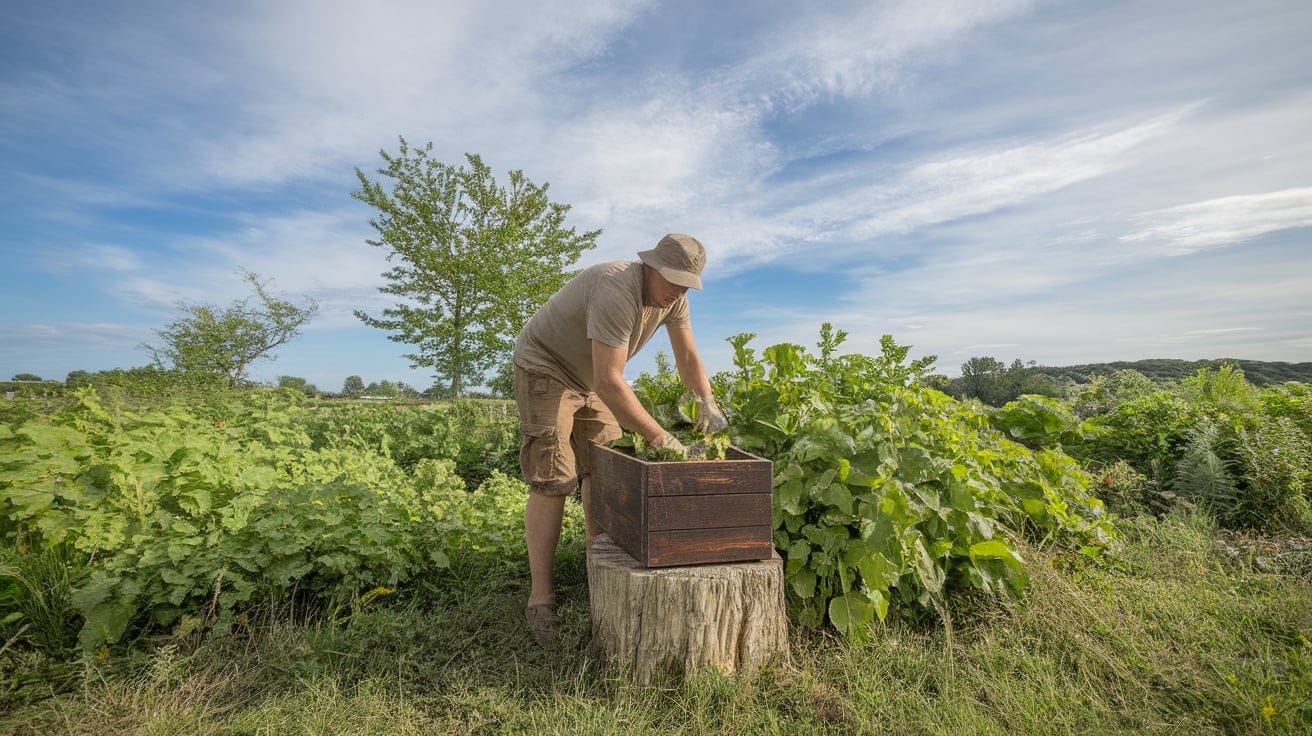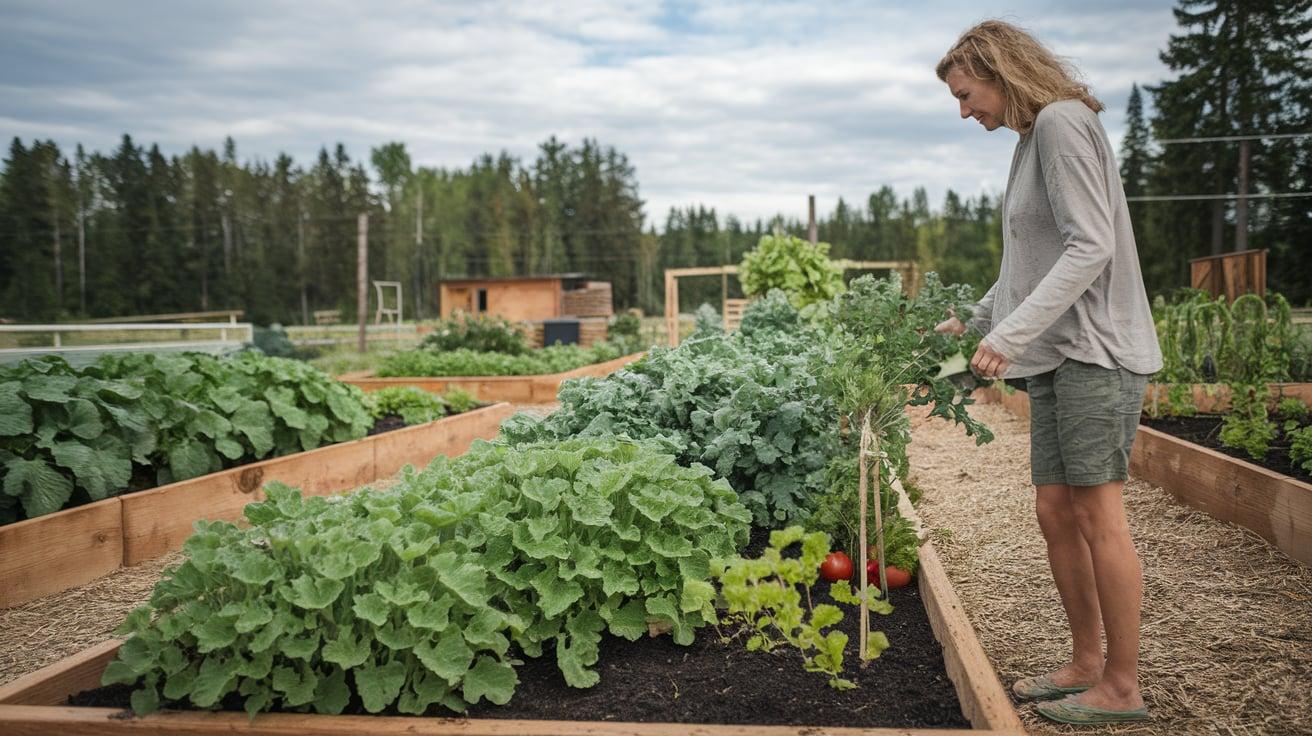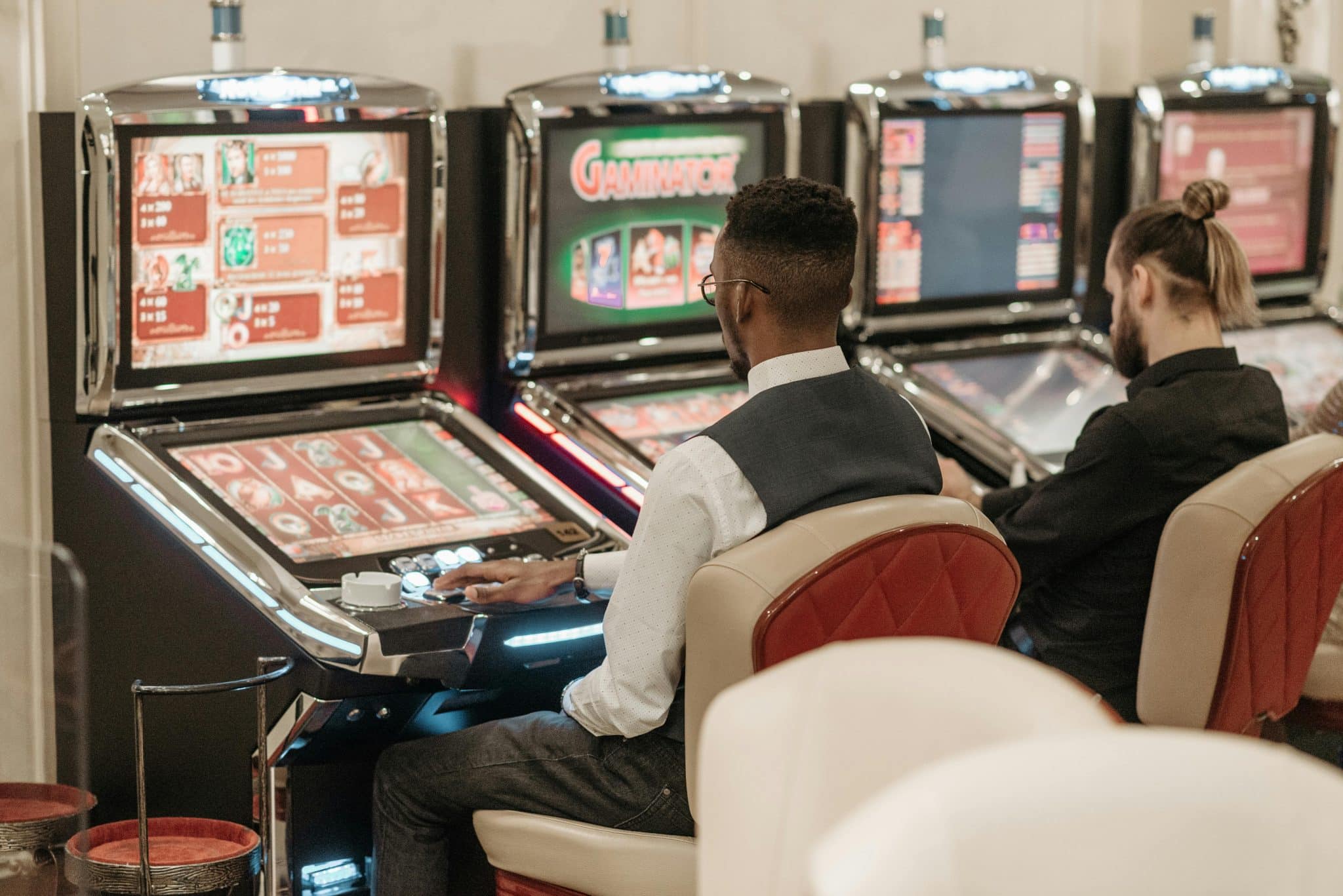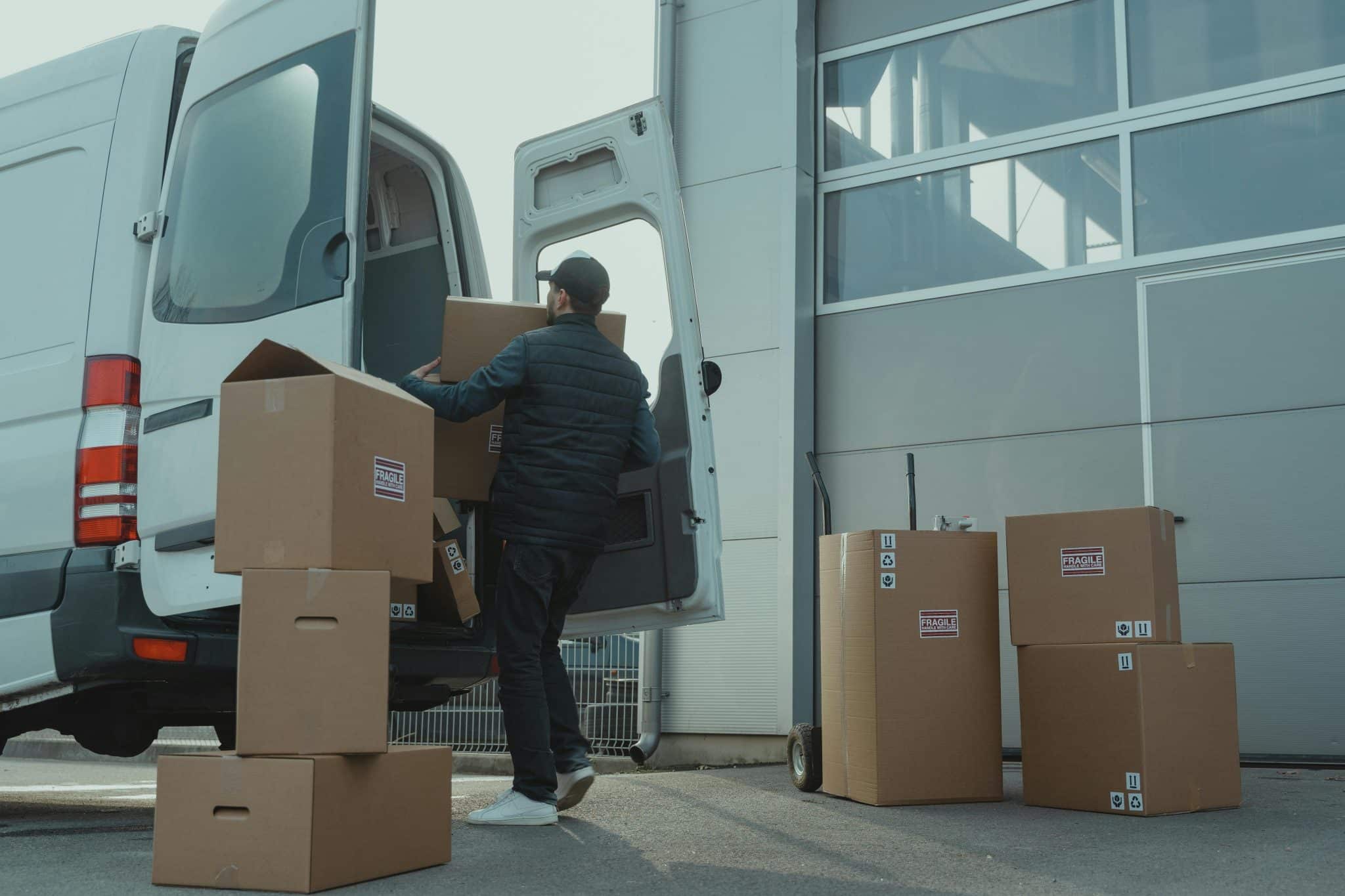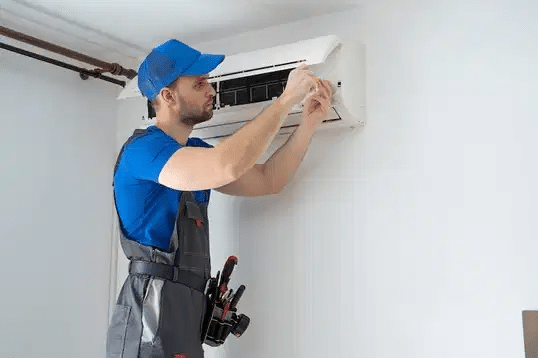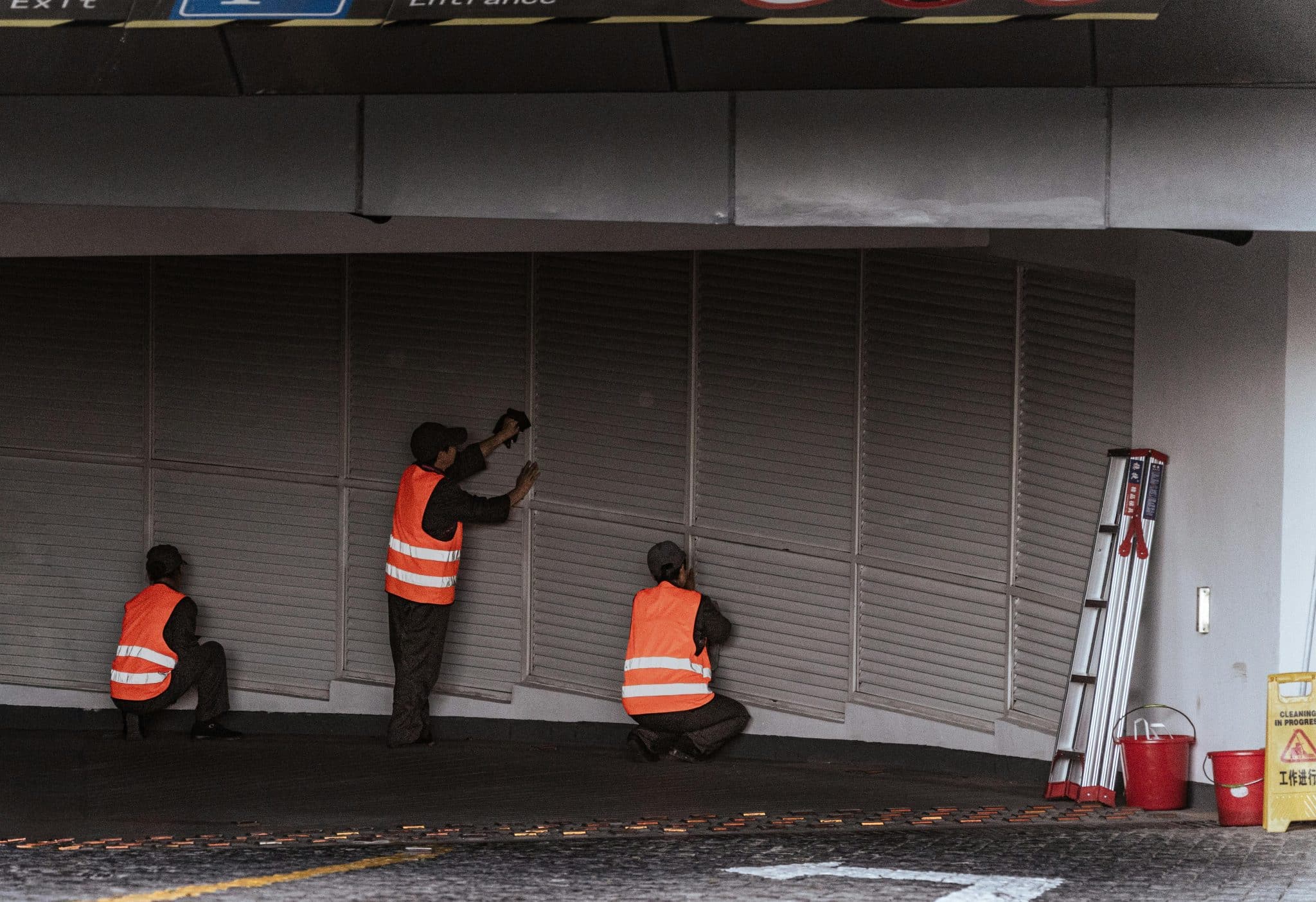Finding true independence in today’s world feels almost impossible. Every trip to the grocery store, every utility bill, and every visit to the doctor tie us to systems beyond our control. I understand this frustration because I’ve felt it, too.
But here’s the good news: You can break free by learning to live off the land. With the right knowledge and skills, you can grow your food, build your shelter, and create your energy sources.
In this guide, I’ll show you exactly how to start your journey toward self-sufficiency.
I’ll cover finding the perfect spot of land, setting up sustainable food systems, creating a comfortable home, and developing the essential skills you need to thrive.
Living Off the Land: Everything You Need to Know
When I talk about living off the land, I mean creating a life where I provide for my own needs using what nature offers.
At its heart, this lifestyle is about self-sufficiency – growing my food, collecting my water, building my shelter, and creating my power without depending on others.
I’ve found that people practice this lifestyle on a spectrum. Some folks might have a homestead where they grow most of their food but still connect to the electrical grid. Others go completely off-grid, cutting ties with utility companies and grocery stores altogether.
What draws me to this way of life is the independence it offers. There’s something deeply satisfying about eating vegetables I planted and harvested myself or staying warm with firewood I collected from my property.
But I won’t sugarcoat it—this path comes with real challenges that test my physical strength and problem-solving skills every day.
Building the Basics: Actual Foundations for Living Off the Land
1. Water
I learned early on that nothing matters more than a steady supply of clean water. On my land, I dug a well that reaches down about 150 feet, giving me access to groundwater year-round.
If you’re in a rainy area, setting up rain barrels or cisterns works great, too. Just remember to filter any collected water before drinking it. I use a simple gravity filter system that keeps me healthy without needing fancy equipment.
2. Shelter
My first home on my land wasn’t fancy – just a 12×16 cabin I built mostly by myself. I’ve seen folks start with everything from converted school buses to yurts while they make something more permanent.
What matters isn’t size but function: good insulation, proper ventilation, and protection from the elements. I chose to build small because it’s more affordable and uses fewer resources to heat and maintain.
3. Gardening
My garden started as just a few raised beds but now provides about 70% of what I eat. I focus on plants that provide the most food for the least work: potatoes, beans, squash, and hardy greens.
Instead of fighting nature, I work with it using permaculture methods. This means I plant things that help each other grow and build soil health rather than depleting it. My best tip? Start small, but plant something—even a few tomato plants teach valuable lessons.
4. Raising Livestock
The six chickens in my backyard coop give me fresh eggs daily and help control bugs in my garden. I chose chickens because they’re easier to care for than larger animals like goats or cows.
When considering livestock, I always consider what the animal needs rather than what it provides. For a beginner, chickens offer the best return for the least amount of space and care requirements.
5. Foraging and Hunting
I supplement my garden harvests by foraging for wild foods nearby. Learning which berries, mushrooms, and plants are safe to eat took time, but now I spot food where others see weeds. As for hunting, I harvest one deer each fall, which provides meat through the winter.
The key is learning to use every part respectfully—the meat for food, the hide for leather, and even the bones for tools or broth.
6. Solar, Wind, or Hydro Power
My small solar setup powers my lights, laptop, and phone – the essentials for my lifestyle. I started with just two panels and a basic battery system, adding more as I could afford it. What surprised me most was how quickly I adapted to living with limited electricity.
I plan around sunny days for power-hungry tasks and keep backup options for cloudy periods.
7. Firewood for Heating and Cooking
The wood stove in my cabin serves as both a heater and a cooktop during the cold months. I spend about three weeks each fall cutting and splitting deadwood from my property, which provides all the fuel I need without harming healthy trees.
There’s something deeply satisfying about staying warm with wood I harvested myself, knowing I’m not dependent on distant fuel sources or utility companies.
Further Considerations: Developing Self-Sufficiency
Off-Grid Community and Support
Though I value my independence, connecting with like-minded folks makes this lifestyle more sustainable. I’m part of a loose network of homesteaders in my county who share equipment, coordinate bulk purchases, and help each other during busy seasons like harvest time.
We’re not formally organized, just neighbors who understand that cooperation makes everyone’s life easier.
Resource Sharing and Skill Exchange
| What I Share | What I Receive | Benefit |
|---|---|---|
| Extra garden seeds | Fruit tree cuttings | Expanding food variety without cash expense |
| Carpentry skills | Help with harvest | Completes big jobs faster |
| Workshop space | Tool sharing | Reduces equipment costs |
| Knowledge about local plants | Hunting tips | Improves self-sufficiency skills |
| Surplus eggs | Honey, homemade cheese | Diversifies diet with minimal effort |
This informal exchange system means I rarely need to buy new tools or tackle big projects alone. I’ve learned that true self-sufficiency isn’t about doing everything myself – it’s about building relationships that make us all more resilient.
Advanced Practices: Mastery in Off-Grid Living
Survival and Safety Skills
- Basic First Aid: I keep a well-stocked medical kit and have learned suturing and wound care since the nearest hospital is over an hour away from my homestead.
- Foraging and Hunting: I’ve mapped every edible plant on my property by season and can identify fifteen different mushroom species that provide food throughout the year.
- Dealing with Wildlife: My livestock guardian dog and strategic fencing have reduced predator losses to nearly zero, letting me sleep soundly despite the coyotes howling nearby.
Long-Term Sustainability and Financial Stability
- Waste Management: My three-bin composting system turns kitchen scraps and humanure into black gold for my garden, completing the cycle from plate to soil to plate again.
- Creating a Sustainable Financial Model: My beehives produce enough honey to sell $4,000 worth annually, covering my property taxes and supplies with some left over for my emergency fund.
Conclusion
Living off the land isn’t just about survival—it’s about creating a life aligned with your values. Throughout this guide, I’ve shared practical steps from securing water and shelter to building community networks that support true independence.
The journey toward self-sufficiency happens one skill at a time. Start small by growing a few vegetables, learning to preserve food, or building relationships with like-minded folks in your area.
Remember that no one does this perfectly or completely alone. Even as I’ve mastered many aspects of this lifestyle, I’m constantly learning new skills and finding better ways to work with nature rather than against it.
What will your first step be? Perhaps planting that garden, taking a wilderness first aid course, or researching land in your target area?
Frequently Asked Questions
1. How Much Land Do I Need to Be Self-Sufficient?
Most people can support themselves on 5-10 acres, though even 1 acre allows for substantial food production.
2. Can I Live Off the Land While Keeping My Job?
Yes! Start with weekend projects and small gardens while gradually building skills and systems.
3. What’s the First Skill I Should Learn for This Lifestyle?
Food growing gives the quickest return on your time and builds confidence for bigger projects.
4. How Do I Handle Medical Needs While Living Remotely?
Learn basic first aid, keep a good medical kit, and plan for access to healthcare when needed.

